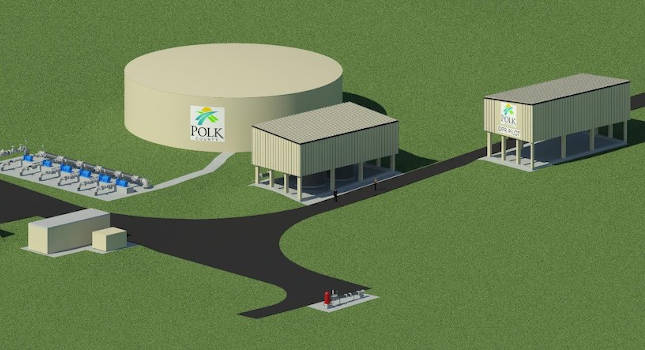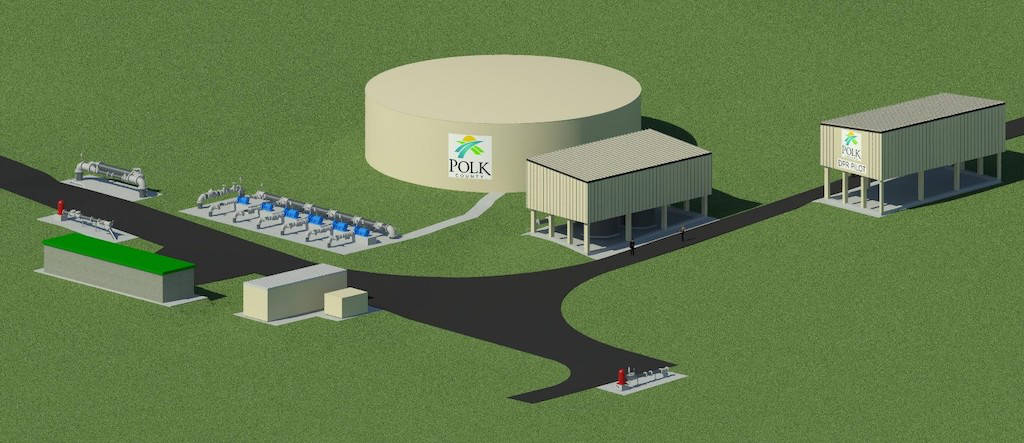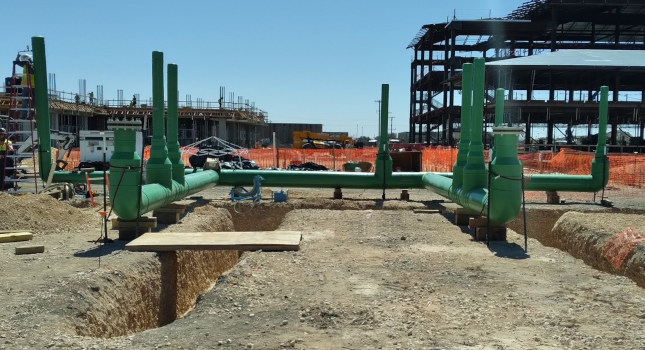Some are implementing resilient approaches to expand sources of potable water supply and meet growing demand through the implementation of recycled water as a source of water.

Water scarcity is a reality. Many areas around the U.S. are experiencing sustained severe drought conditions, impacting potable water supply and environmental health. There are many contributing factors to potable water scarcity, including climate change, growing populations, overuse, and increased pollution, leading researchers, scientists, and engineers to ask: “How can we create a more sustainable water supply?”
Some parts of our nation are implementing resilient approaches to expand sources of potable water supply and meet growing demand through the implementation of recycled water as a source of water. In recognition of supply challenges and the role of alternative water supply, the Environmental Protection Agency (EPA) released its draft water reuse action plan (WRAP) to guide the effective use of our nation’s water resources and foster the consideration and implementation of water reuse. For example, a desalination plant valued at more than a billion dollars is being developed in California to treat ocean water for consumption. In Colorado, we designed the nation’s first, large-scale potable water treatment facility to use ceramic membrane filter technology, which removes any remaining particles larger than 0.1 microns in size. The Rueter-Hess Water Purification Facility treats multiple sources of water, including local surface water, alluvial water, and water recycled from reclamation plants.
Alleviating stressed aquifers in Florida
Numerous Florida communities are examining nontraditional water sources, including wastewater, saline or brackish water, agricultural drainage, stormwater, and water containing toxic elements, that can be cleaned and used as a source for potable supply to address concerns such as stressed aquifers from overpumping and population growth. The process of using treated wastewater for drinking water is called potable water reuse. Direct potable reuse (DPR) is the treatment and distribution of water without an environmental buffer.
Polk County Utilities evaluated water resources in its Northwest Regional Utility Service Area during master planning and determined that DPR was a viable option to increase the resilience of its water supply capacity within the service area. The concept was then developed for a DPR demonstration system to be constructed on the same property as its Cherry Hill Water Production Facility (WPF). Highly treated effluent, or public access reuse, will be transferred from Polk County’s Northwest Regional Wastewater Treatment Facility to Cherry Hill. At the WPF, the demonstration project, with a capacity of 10 to 20 gallons per minute, further treats the water through a series of processes, utilizing a multi-barrier treatment approach that includes technologies such as enhanced coagulation, advanced oxidation, ultrafiltration, granular activated carbon, and UV disinfection. This process scrubs the recycled water to remove any remaining trace chemicals, pharmaceutical residue, hormones, bacteria, protozoa, and viruses.

While potable reuse and various combinations of treatment methods have been used before by way of several pilot projects in other parts of the country, Polk County is the first in Florida to conduct a DPR feasibility study at a water plant instead of a wastewater plant. The goals of the DPR project are to verify that contaminants specific to Polk County’s wastewater supply can be effectively removed while adhering to rigorous state guidelines and meeting all state and federal drinking water standards. Ultimately the project will test the development of innovative methods to treat up to 1.5 million gallons per day of reclaimed water to supplement traditional groundwater sources in the future. This $2.5-million alternative water supply project is made possible by a funding agreement between the Polk County Board of County Commissioners and the Southwest Florida Water Management District.
Legislative support for improving water
The concern for creating a sustainable and resilient water supply has garnered the attention of not just those in the science and engineering fields, but also government leaders. Federal legislation is beginning to change in favor of these cutting-edge treatment methods, which is necessary for pilot studies to continue into larger scale water treatment facilities and then construction. The Drinking Water and Wastewater Infrastructure Act of 2021 allocates $54 billion for addressing drinking water supplies contaminated by per- and polyfluoroalkyl substances (PFAS), as well as other priorities, including modernizing water, wastewater, and stormwater systems. These are exciting steps in moving toward a more sustainable water future.
Dewberry is a CFE Media and Technology content partner.


